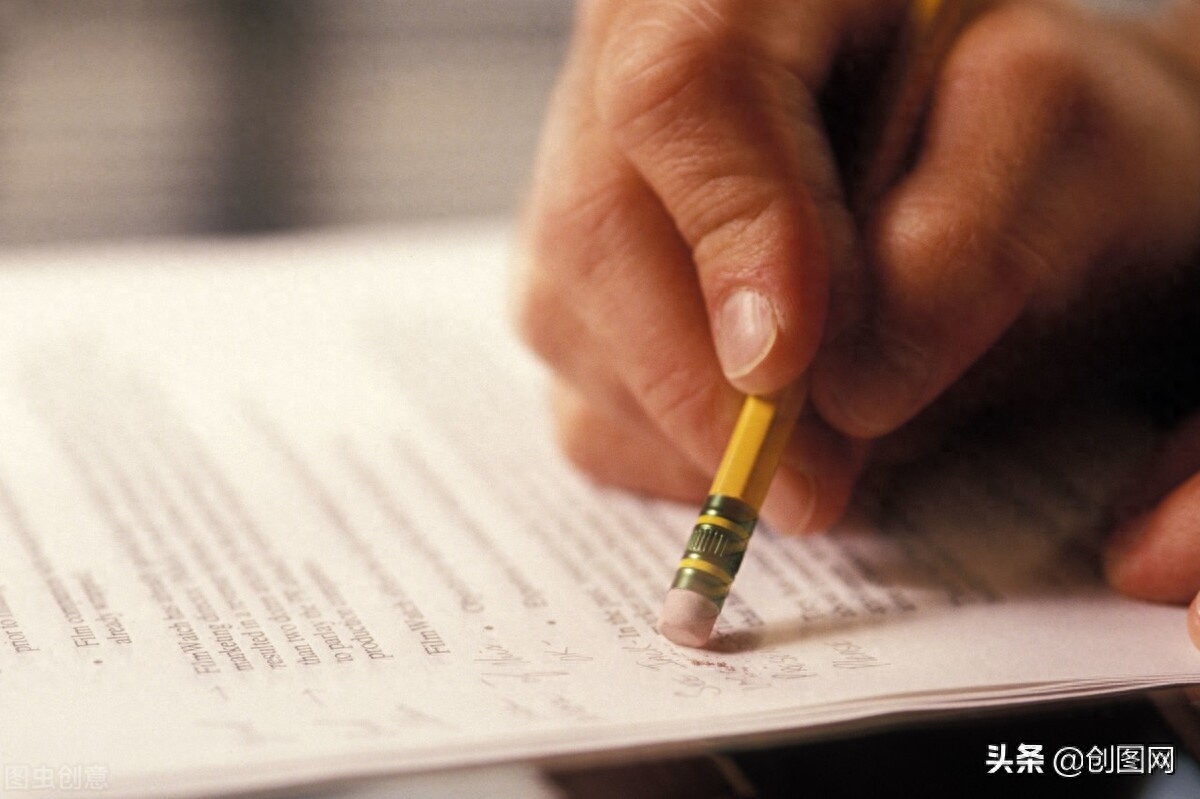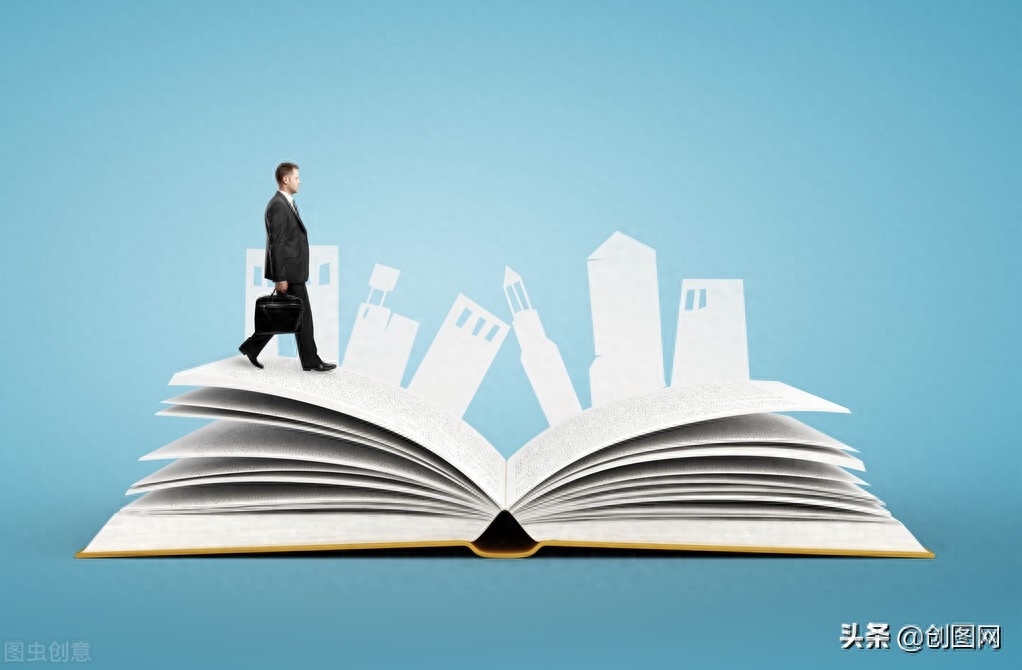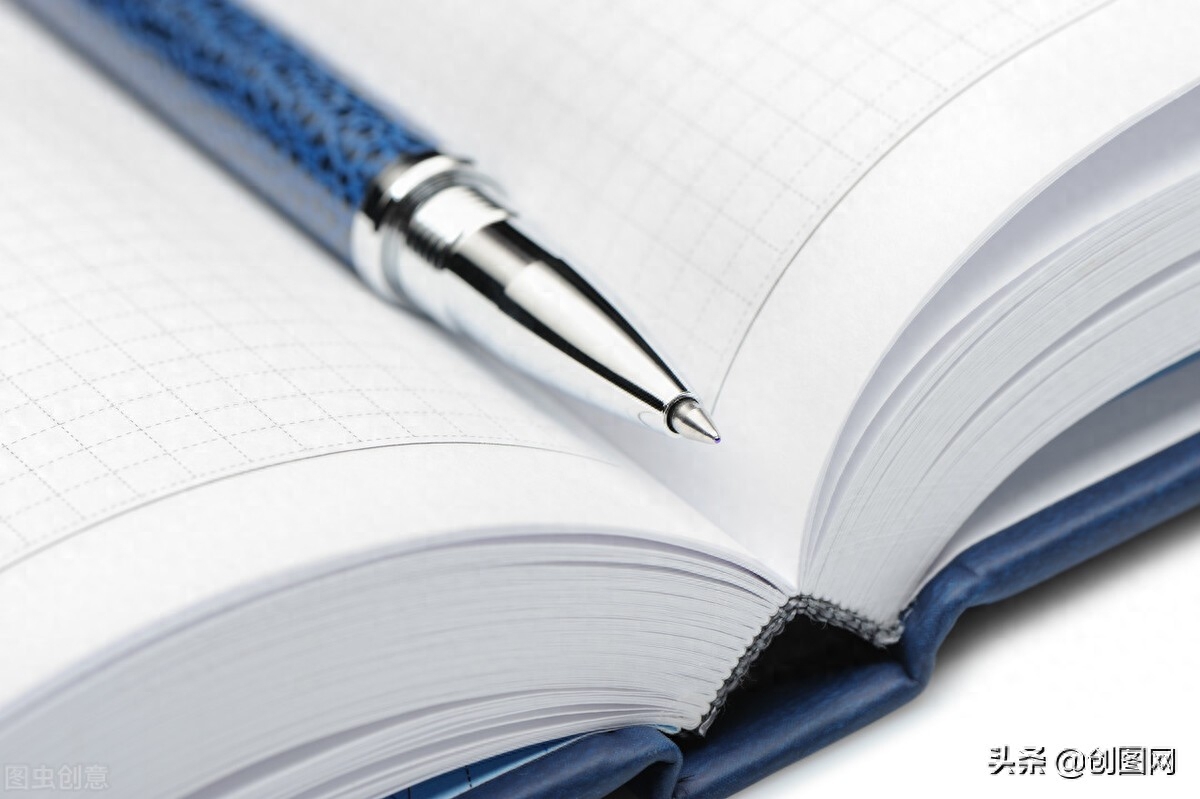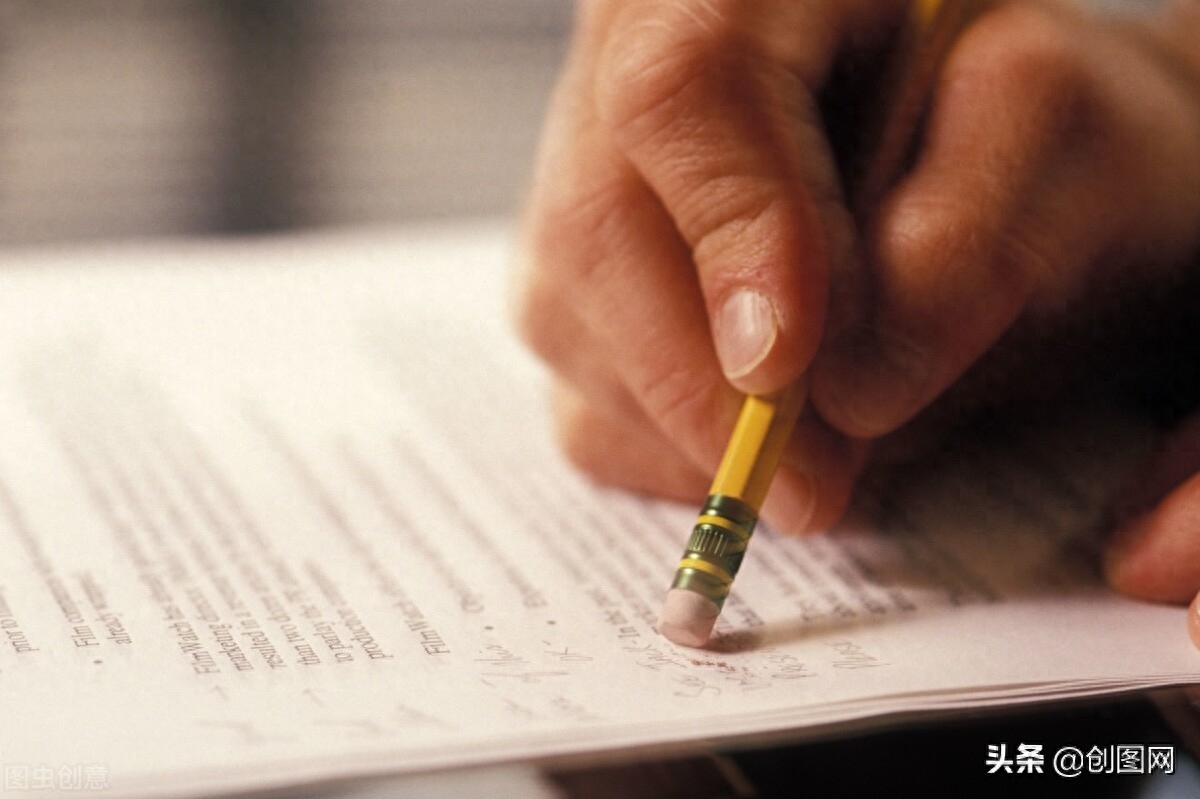Five "steps" of official document writing (steps and methods)
Now we introduce the five "steps" in the capacity building of official document writing and the process of official document processing Five tips. The five "steps" of first official document writing. In fact, the five "steps" are to talk about official documents from the perspective of steps and methods. 1. The five "steps" of official documents. The steps and methods of writing official documents are generally similar to the way of writing general articles. However, due to the differences in the nature, function and writing requirements of official documents, some special issues need to be paid attention to when drafting. Generally speaking, there are five aspects:

"Step 1": Make it clear Purpose. Any official document is drafted based on the actual needs of the work. Therefore, before writing, you must first clarify the purpose of the article, that is, the theme and purpose of the article. After a little analysis, it includes the following aspects:
1. The central content of the file is What? For example, the improvement of related work mainly involves asking what is the current situation? Where are the problems, how to solve them, and where are the matters that need to be coordinated; for example, if there are requests, the higher-level authorities will be asked to respond and solve the problems, etc. The central content of the document, the purpose of analyzing the current situation is to discover the problems behind it, find solutions to the problems, and write down how to coordinate with the superior leadership. The matters that need to be solved should be asked by the superior authority to find out how and what problems need to be solved.
2. Based on the content of the file What kind of language? For example, when reporting work status, whether to write a special report or a briefing on the situation; whether to write an instruction or reply letter in response to the issues reflected in the subordinate's communication, or to bring some regulatory notices, etc. The type of language must be clearly determined in advance. , just choose the genre. If the center is not clear, it is useless to choose the genre, but it is not enough if the center content is in the wrong genre.
3. Clarify the file sending range and reading objects. For example, it is different whether you report work to superiors or promote and introduce experience to relevant units; whether you read it to leaders and relevant department personnel, or convey it to all employees. Therefore, the scope of sending must be very clear and specific, and the target of reading must also be clear.
Clear the specific requirements for publishing. For example, should it require the other party to understand or reply, should it be implemented by the receiving agency, should it be implemented as a reference, should it be studied for reference, or should it be solicited for opinions? Implement it resolutely. The intensity of research reference and solicitation of opinions are different, and the level of requirements is different. When drafting the official document, people must have a very clear understanding of what method must be adopted to publish the document, what issues are mainly elaborated, and what purpose is to be achieved. Only by answering these questions Only when you have a good idea can you start drafting. There are countless dissatisfactions in my heart. If I can't climb this "step", I can't draft the article, so this is the first "step" in writing official documents, which includes four key points.
The second "step", After the first "step" is achieved, the second "step" becomes very important, which is to collect relevant information and conduct investigation and research.
When we publish the purpose and theme Once this is clear, you can collect data and conduct some research on this topic. Of course, this also depends on the specific situation, and not every official document requires this step of work. For example, when we write a short notice or announcement, generally speaking, we do not need to do special work of collecting materials and investigating and researching. After clarifying the purpose of the article, we can start writing after a little thought.
But for more complex problems, there are still To carry out specific analysis and summary; or to formulate a long document, work plan, work summary, draft rules, regulations, work instructions, etc., often collect relevant materials and conduct further investigation and research. In fact, it means that only by knowing the situation and mastering first-hand information can you have an idea and write something of practical value and significance.
So how to write an official document to collect materials And what about research? The first is to collect relevant written materials, what others have done in the past, and what experiences there are in history must be collected; the second is to collect materials in practice. For example, to write the annual work plan of the department, you must first review last year's work plan and work summary, as well as refer to the work plans of advanced similar enterprises and government agencies, and also study the situation faced by the department, central tasks, and superiors' instructions. The request waits. In short, collecting materials and investigating and researching is a brewing process. The brewing process is to master comprehensive, large-scale, realistic and in-depth materials, understand all aspects of the problem, and prepare for the next step of analysis and thinking. provides important preparation for the leap. The basic skills of clarifying the main purpose and careful investigation and research are crucial for document writers. With the above two items, it is like designing a building. First, you have the building materials, the blueprint of the building in your mind, and you must also meet the planning requirements. At this time, an architect must be in his thinking and his brain. The blueprint to be built is a structure and a plan. What kind of sample will be produced, what characteristics and style it will have, and what it will express are all constantly brewing, refining, and improving at this stage.
The third "step" has After laying down the first and second solid foundations, the second "step" is to draw up an outline and arrange the structure. This means drawing sketches. When designing, you must have sketches, a structure, and a basic style choice, that is, a basic format choice, whether it is a hospital, a villa, a kindergarten, a school, or a store. First, we must find its corresponding form and format that reflects the function.
On the basis of collecting materials, Draft a writing outline. Writing an outline is indeed a very important conception process. The basic views of the document are formed at this stage. At this time, relevant personnel can be convened for collective discussion and revision to make the outline more perfect. Therefore, incomplete information and unclear direction are the keys to writing a good outline. When you write an outline, the lead writer must calm down to find the most critical factors, think deeply, meditate, calm down and quietly think about the ins and outs, key points, difficulties, and nodes. At this time, grasp the key points and overcome the difficulties. You can write the outline well and realize the preliminary ideas.
Convene discussions with relevant people and actively The significance of discussion lies in enriching and improving, modifying and refining it from different perspectives, at different levels, in different experience backgrounds and knowledge backgrounds. The most important refinement here is to discard those useless materials. No matter how good the useless material is, no matter how vivid and vivid the material is, when it is not very relevant, it must be discarded for future use. The third "step" is that the outline is getting better and better. The perfect outline is already a good structure. The good return of this skeleton will provide conditions for the selection of new blood and new materials in the future.
"Step 4": Putting pen to paper , draft the main text. Here are a few simple takeaways. The first point of view must be clear and the materials used must be appropriate. A clear point of view means that what you say should be expressed clearly and clearly, and the materials used to support it must be appropriate. The second important point is that the sentences should be concise and the explanation should be clear.
"Step 5", check again and again , revise it carefully. This revision is actually the polishing of a good official document. This polishing process has these 5 points, the first theme revision. It depends on whether your topic is clear, whether the discussion of the topic is focused, and whether the exploration of the topic is profound. Clearly focused and profound is the basic criterion for revision. I remember I said before that when looking at the quality of an article, a good article has five levels. This level is called clarity, novelty, depth, generality, and transformation. It is also the same principle. It means to understand, to understand, to have new ideas, to have depth, and to have depth. It is reflected in the concentration of the theme discussion, and the depth is reflected in the depth of the theme excavation. However, it is not enough to have a clear and new depth. It still needs to be understood. To understand is to integrate various materials, and planners are innovative, which is to form innovative ideas. the opinion of.
So the bottom line of the theme modification is the perspective When revising official documents, we must consider whether the key points are correct and consistent with the policies of the party and the country. Whether it is legal or not, the considerations seem correct, the views seem correct, and the correct views seem to be expressed correctly.
Third, modification of materials. Materials are the basis of documents. If you have a correct point of view, you must express it through appropriate materials.
Fourth, structural modification. Modify the structure of the document, including modifications to the overall structure of the document, to make the full text more rigorous. The structural improvement is the biggest improvement, otherwise it will be a incomplete document.
The fifth is about language refinement. The main purpose is to correct illogical sentences, non-standard words and punctuation marks. So this fifth "step" seems to be modification, but it is actually refinement and improvement. It is called repeated inspection and careful revision. These five aspects are five rulers and five keys. Viewpoint, theme, structure, material, language, serious revision is attitude, and revision is When writing, you must calm down and see if the theme is correct, the point of view is clear or not, the material is true, accurate, precise or not, the structure is incomplete, and the language is refined.
So some scholars summarize A good official document is accurate, with a clear theme, vivid language, concise writing, plain writing style, and overall solemnity. Therefore, the 12 words "accurate, clear, vivid, concise, plain, and solemn" describe the characteristics of the official document language, and may become A measure of good official documents.

(2) Five tips for processing official documents Tips
Have a good official document In the process of processing it, we have summarized it into several techniques. There are 5 techniques, which are called the five techniques of official document processing:
1. Skills in handling joint text . It includes the following aspects: 1. Administrative agencies jointly write documents. At this time, the sponsoring agency should be arranged first. In principle, the title and document number should be those of the sponsoring agency. When signing, several units must write themselves in the place where they signed. The name of the unit and its seal (the upper text can only be stamped with the seal of the sponsoring organization). 2. When administrative agencies jointly draft documents with corresponding party agencies, military agencies, and people's organizations at the same level, they must be arranged in the order of party, government, military, and mass organizations. 3. Joint writing generally uses the header and document number of the sponsoring unit. Generally, the header and font size of several units are not used and the format is Lianfa font size. 4. For counter-signing, the organizer shall first sign the opinions, and the co-organizers shall counter-sign in turn. Generally, copies are not required for counter-signing.
2. Processing department and internal equipment Tips for institutional writing. Government departments (including discussion and coordination agencies), except for discussing work and responding to inquiries in the form of letters, are generally not allowed to formally submit documents to lower-level governments. If they really need to do so, there are two ways to deal with them: one is to obtain approval from the leader, by The "Two Offices" issue documents; the second is that the department writes its own documents, which can be in a language such as "Notice", but it must be preceded by the sentence "with the consent of such-and-such government"; the third is that the relevant deliberative work bodies (various leading groups , Working Committee) must issue documents to the department, which generally cannot be issued in the name of the office. To issue documents on food safety, they should be issued with the title of "Committee on Food Safety"; to issue documents on health and epidemic prevention in disaster areas, they should be issued with the title of Patriotic Health Campaign The committee's documents should not be issued with the title of "Health Care Office"; fourthly, departments' internal agencies are not allowed to issue documents to other agencies other than their own departments. They must discuss work with the corresponding departments, which must be in the form of letters and arrangements must be made. The special work of internal organizations must be documented in the documents of the competent department.
3. Processing numbers and numerical ranges Skills in standardizing presentation. 1. Percents and fractions should be expressed in Arabic numerals: for example, 20% should not be written as "twenty percent" in Chinese characters, and "3/4" cannot be written as "three-quarters" in Chinese characters. 2. Numerical range expression: The numerical range is a numerical comparison from a few percent to a few percent. The percentage cannot be greater than 1 and can only be less than or equal to 1. For example, when expressing "3%-8%", it cannot be written as "3-8%", and the percent sign after 3 cannot be omitted; when using fractions and integers to express numerical ranges, the unit after the first number cannot be omitted for the same reason, 5 Ten thousand-100,000 people cannot be written as 50,000-100,000 people. When expressing time periods, generally do not express them as last year, this year, next year, etc., but specific years, such as 2019, 2020, and 2021.
4. Use standard words for processing word skills. In the writing of official documents, many words and phrases are used interchangeably, causing problems of inconsistency and irregularity. Screening and standardization must be strengthened. Such as the use of the words "zhi" (it has come to an end now) and "zhi" (things are still developing); when expressing "other" and "communication", it should be "other" and "tong" since October 1949 Time period cannot be used as "since the founding of the People's Republic of China" but should be "since the founding of the People's Republic of China"; formulation and formulation are used accurately. Formulation emphasizes formulating, drafting, and creating, and the objects are mostly programs, plans, etc. The emphasis is on the process, and formulation highlights determination. Come down, formally implement, mostly refers to lines, principles and policies, laws, regulations, etc., it focuses on results; make and make, the former is a spoken word, emphasizing specific things, the latter is mostly a written word; urgently and urgently, the former is It refers to the urgency of time, and the latter refers to the urgency of sense, indicating that the problem has become extremely serious. Standardized expression is a long-term learning and accumulation process, which should be paid attention to and summarized from time to time at work.
5. Handling important urgent documents Skill. How to define important official documents: All documents from higher-level agencies (the Party Central Committee, the State Council, the Provincial Party Committee, the Provincial Government, the Municipal Party Committee, the Municipal Government and their departments) are marked with the words "special", "urgent" and official documents involving major matters, leaders at all levels Instructions and requests for instructions on major emergencies reported by departments at all levels are defined as important official documents, and the processing time is specified according to the degree of urgency. Classification: According to the degree of urgency, it is divided into three categories: urgent, emergency and ordinary. Urgent items must be processed within 24 hours (such as urgent telegrams), emergency items must be processed within 3 days, and ordinary items must be processed within the required time.

4. Official document writing Cultivation of “hard skills”
Let’s talk about official document writing The cultivation of "hard skills". 1. To cultivate the “hard skills” of official document writing, let’s talk about a few details.
1. Determine the title of the official document Kung fu, with the previous "steps" and the previous skills, you also need to add details. Details are the finishing touch and can produce subtlety. 1. Determine the kung fu for writing the title of the official document. The title is actually the title of the official document. It is a concentrated expression of the viewpoint and the logical structure of the document. According to the size of the hierarchy, titles can be divided into major titles, subtitles, first-level titles, second-level titles, etc. The title should be specifically established based on the central idea and hierarchical requirements of the official document. The title of an article should be clearly hierarchical, logically rigorous, and mutually supportive.
2. Condensing the core points of the official document effort. The key to a good official document is to be innovative and creative, follow the steps, and draw on the gourd. If you cannot express your personal views, you will not be able to write a good official document. Therefore, official document writers must regularly study party and government theories and related professional knowledge, deeply understand the policies of their superiors, conduct frequent investigations and studies to understand local realities, and combine in-depth thinking to improve their "comprehension". Internally, although I am not a leader, I think about issues from a leadership perspective.
3. Data in official document writing, Chart application effort. In official document writing, the application of data is a universal and regular thing. It is the quantification of things and plays an important role: the role of data and charts determines their sources, choices, and certain standards must be adhered to. Please note the following Several points: First, the authoritativeness of the source. Generally speaking, the data should be mainly from the Bureau of Statistics. Among them, the tax data should be mainly from the national tax and local tax. If there is no statistics bureau, the data from departments and towns should be mainly from the department. . If an individual is unsure, he or she must discuss it with the leadership team. Second, data applications must be unified. The data in different materials, such as party committee and government materials, must be consistent. There should be no inconsistencies or inconsistencies in the same material. Third, data analysis must be scientific. Especially when there is no authoritative data to refer to, it must be applied after scientific analysis. The addition and subtraction of single data cannot exceed the sum and difference of data. Fourth, the application of charts must be standardized, and their correctness must be verified by professionals before use.
4. Material and language selection effort. The first draft must be revised. After careful thinking, the nature of the official document must be refined to see which materials can be removed, which must be retained, and which expressions are more subtle and consistent with the leadership language style. The key is to understand the quoted materials. Utilizationism takes "usefulness" as its principle, absorbs its essence and removes its dross. A simple quote is undoubtedly a floral patch added to a monochromatic dress. Although the patch is good, it affects the overall harmony. Therefore, the borrowed materials must be carefully transformed. It does not mean that they cannot be cited or borrowed, but they must be digested and absorbed, and they must be modified to meet the requirements of the theme. According to the main purpose of the official document and the logical structure of the article, the quoted language and materials are reprocessed, combined with the actual situation, and unified with the overall logical structure, language, and tone of the official document to achieve seamlessness and icing on the cake.

5. Adapt to "paperless" "The effort of writing official documents is electronic, information-based and electronic official documents. This aspect needs to be seriously improved. The ability to use computers to process official documents. This basic skill requires special study, in-depth study, and careful thinking. It is a new thing, and it is a kind of traditional official document. It is a revolutionary tool because its regulations, rules, circulation methods, procedures, and processes will be more scientific, more reasonable, more rigorous, and more capable of recording all processes, because this new Methods require a lot of effort in writing official documents.
Review what we talked about in the first half So many parts. We talked about the basic situation of official documents, the writing attributes of official documents, basic skills and general skills of official documents, the five "steps" of official document writing, and the skills of official document processing, including the cultivation of hard work on official documents and the art of expression.
Now if we recall a little, In fact, we have initially formed an understanding of this kind of official document. It is a legally effective and standardized document formed by administrative agencies, enterprises, institutions, and people's organizations in the process of exercising their management functions. The effectiveness of the law and the standardized format are important points. It is an important tool for administration according to law and administrative official activities. It is an important means and measure to convey the party and the country's principles and policies and issue administrative regulations and rules. Therefore, we must carefully familiarize ourselves with the general attributes of official documents, its basic skills, and its general techniques.
We review the basic skills of writing official documents Here are a few key points: First, clarify the purpose of the writing, establish the main theme of the writing, and fully understand the leadership's intention and combine it with the actual work, so that good official documents will be targeted and practical.
If you are still Xiaoping: pick up the pen When you write, you have thought and refined it, which means your thoughts are more thorough. If you can endure hardships, get in and calm down, your good documents will have the power of thought, logic, language and emotion.
Look, remember, think, Refinement, grinding, reading more, memorizing, thinking diligently, refining, and grinding are our most important basic skills. Only in the process of learning, thinking, and writing can we continuously improve the writing level of our official documents. If you write a good official document, plan it out, have a reasonable structure, brainstorm ideas, and revise it repeatedly, you will be able to form a good official document.
Articles are uploaded by users and are for non-commercial browsing only. Posted by: Lomu, please indicate the source: https://www.daogebangong.com/en/articles/detail/gong-wen-xie-zuo-de-wu-ge-tai-jie-yu-gong-wen-chu-li-de-wu-ge-ji-qiao.html

 支付宝扫一扫
支付宝扫一扫 
评论列表(196条)
测试